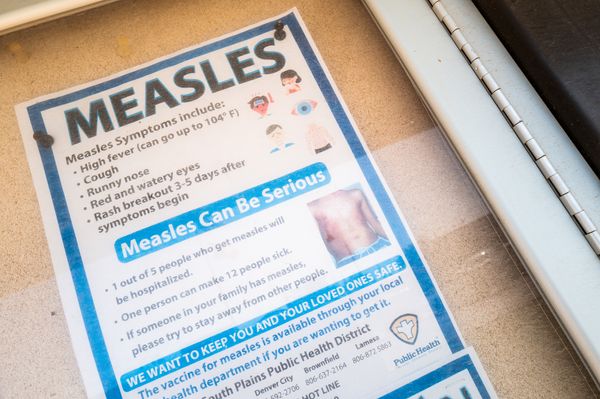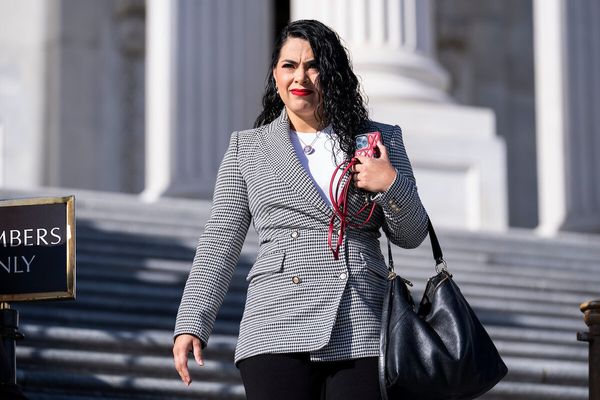
Police chiefs have issued the first official assessment of violence against women and girls in the UK, placing such offences on the same footing as terrorism and serious organised crime.
The 230-page intelligence document outlining the crimes that pose the greatest threats to women and girls has been shared with all forces by the National Police Chiefs’ Council (NPCC).
The NPCC said it hoped the assessment would help forces better understand “the influences and levers” that contribute to the crimes.
Campaigners welcomed the move on Thursday, but said it needed to come alongside far-reaching changes in policing itself before many women would feel able to trust the authorities.
“Violence against women and girls is rife and so many women we support tell us that they do not trust the police,” said the head of policy at Women’s Aid, Lucy Hadley.
“It is important that violence against women and girls has been recognised as a strategic policing threat, however, Women’s Aid will hold forces to account for these promises: we need concrete action, not just rhetoric.”
The new strategic threat and risk assessment of violence against women and girls (VAWG) is similar to the documents used by police tackling national threats such as terrorism and serious organised crime, the NPCC said.
The offences it identifies as carrying the greatest threat to women are:
Domestic abuse.
Rape and serious sexual offences.
Child sexual abuse and exploitation.
Tech-enabled VAWG, such as online stalking and harassment.
The NPCC said the document, which will be reassessed annually, did not contain analysis of police-perpetrated VAWG because that had been analysed separately as part of the performance report, which was published in March. It said some work based on that report was already under way and that it would include further insight into the “insider threat” in its next assessment.
Hadley said: “The strategic threat and risk assessment published today demonstrates the scale of change required – from the training and skills officers need, to investigations and protections for women, and of course the glaring issues of sexism, racism and other forms of discrimination within policing.
“The pressing issue of tackling police perpetrators of violence against women and girls, and the severe problems with vetting and monitoring officers, are an urgent priority for improving trust and confidence.
“We continue to hear from women who are too scared or distrustful to report because their perpetrator is a police officer; it remains essential that such cases are investigated by an independent force, or the Independent Office of Police Complaints, to ensure women can trust the process.”
Andrea Simon, the director of the End Violence Against Women Coalition, said she was pleased the threat was being taken seriously. “Given we know that most victims of VAWG don’t report to the police at all, due to the poor and discriminatory treatment of women and marginalised communities, we know the true scale of VAWG is much higher than even what has been reported today.
“If any of this is to improve, we first need better data on the experiences and justice outcomes of minoritised women, so that the police are accountable to those who are most harmed by their failings.”
The NPCC said it expected reporting of VAWG to continue to rise in the coming year.
The deputy chief constable Maggie Blyth, the national policing coordinator for violence against women and girls, said: “The epidemic of VAWG that we are facing meant that it was imperative we took the time to analyse the greatest threats to women and girls.”







